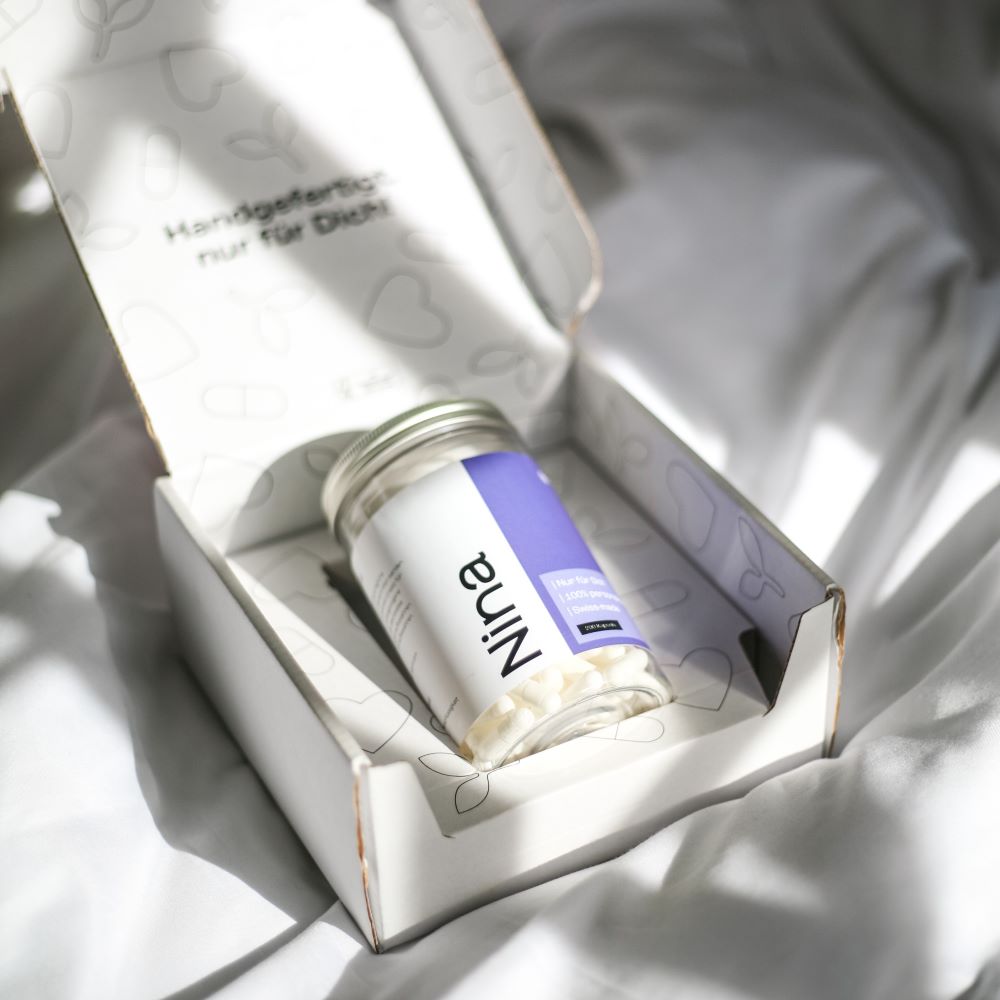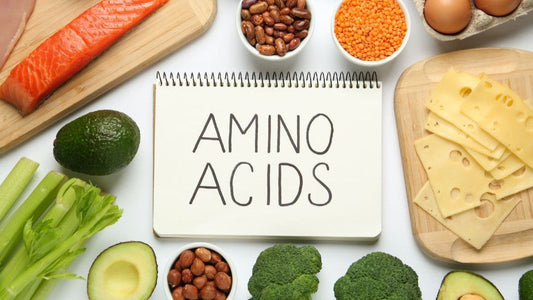Our skin, the body's largest organ, is a true marvel of nature. Not only does it protect us from the external elements, but it is also instrumental in the production of a vital vitamin - vitamin D3.
Vitamin D3, often referred to as the "sun vitamin", is crucial for a variety of bodily functions. One of its most notable properties is its ability to support your immune system and promote the absorption of calcium in the gut, which is essential for maintaining strong bones and teeth. But how exactly does our skin produce this valuable vitamin?
The production of vitamin D3 begins when our skin catches UV-B rays from sunlight. These rays interact with a precursor of cholesterol present in the skin, setting a complex process in motion. In the liver and kidneys, this precursor is finally converted into the active form of vitamin D3, which can be used throughout the body.
Although Switzerland is surrounded by breathtaking nature, its geographical location and climate mean that sunlight is not available in sufficient quantities all year round. In the winter months, sunlight levels drop and people spend less time outdoors. This can lead to a lack of natural vitamin D production in the skin, as the necessary UV-B rays are missing.
Studies have shown that a considerable proportion of the Swiss population is affected by a vitamin D deficiency.
70% of the older population have too low a vitamin D deficiency, 50% have a serious vitamin D deficiency.
In late autumn, winter and early spring, sunlight is too weak for sufficient vitamin D production through the skin. Studies show that during this time, vitamin D levels in the Swiss population can fall below the recommended level.
People with limited sun exposure are particularly at risk, and even a low sun protection factor (SPF) of 15, which many day creams already contain, blocks 99% of UVB radiation.
Older people are often affected because the skin's ability to produce vitamin D decreases with age. During the same period, a 40-year-old person still produces around ¾ of the amount of vitamin D and a 70-year-old person only half the amount of vitamin D of a 20-year-old person. Older people are therefore increasingly dependent on vitamin D intake through food.
Furthermore, people with darker skin color are more frequently affected by a deficiency, as they are less efficient at producing vitamin D due to their skin pigmentation. In addition, people who work indoors or wear certain clothing that covers most of the skin are at a higher risk of vitamin D deficiency.
Vitamin D deficiency can have far-reaching effects on health. In addition to its known effects on bone health, vitamin D3 has also been linked to the immune system, cardiovascular health and even mood. A lack of vitamin D3 can lead to increased susceptibility to infections, muscle weakness and other health problems.
Fortunately, there are measures that can be taken to counteract vitamin deficiency in the population. One way is to increase sun exposure, especially during the sunnier months. However, care should be taken not to overexpose the skin to the sun in order to minimize the risk of skin damage.
As natural sun exposure is not always sufficient to cover requirements, dietary supplements can be considered. Tailor-made formulations should be preferred as they are more effective. A balanced diet rich in vitamin D sources such as fish, eggs and fortified foods can also help to maintain vitamin D levels.
Overall, the situation of vitamin deficiency in Switzerland shows how important it is to be aware of the importance of vitamin D3 and to take proactive measures to promote health and well-being.
Sources:
- Federal Food Safety and Veterinary Office FSVO. Vitamin D deficiency: Evidence, safety, and recommendations for the Swiss population. Report written by a group of experts on behalf of the Federal Commission for Nutrition (FCN) 2012. https://www.blv.admin.ch/blv/en/home/das-blv/organisation/kommissionen/eek/vitamin-d-mangel.html
- Guessous I, Dudler V, Glatz N, Theler JM, Zoller O, Paccaud F, Burnier M, Bochud M; Swiss Survey on Salt Group. Vitamin D levels and associated factors: a population- based study in Switzerland. Swiss Med Wkly. 2012 Nov 26;142:0. Vitamin D levels and associated factors: a population-based study in Switzerland
- Godar DE, Pope SJ, Grant WB, Holick MF. Solar UV doses of adult Americans and vitamin D3 production. Dermato-Endocrinology. 2011 Oct-Dec;3:4:243-250.




